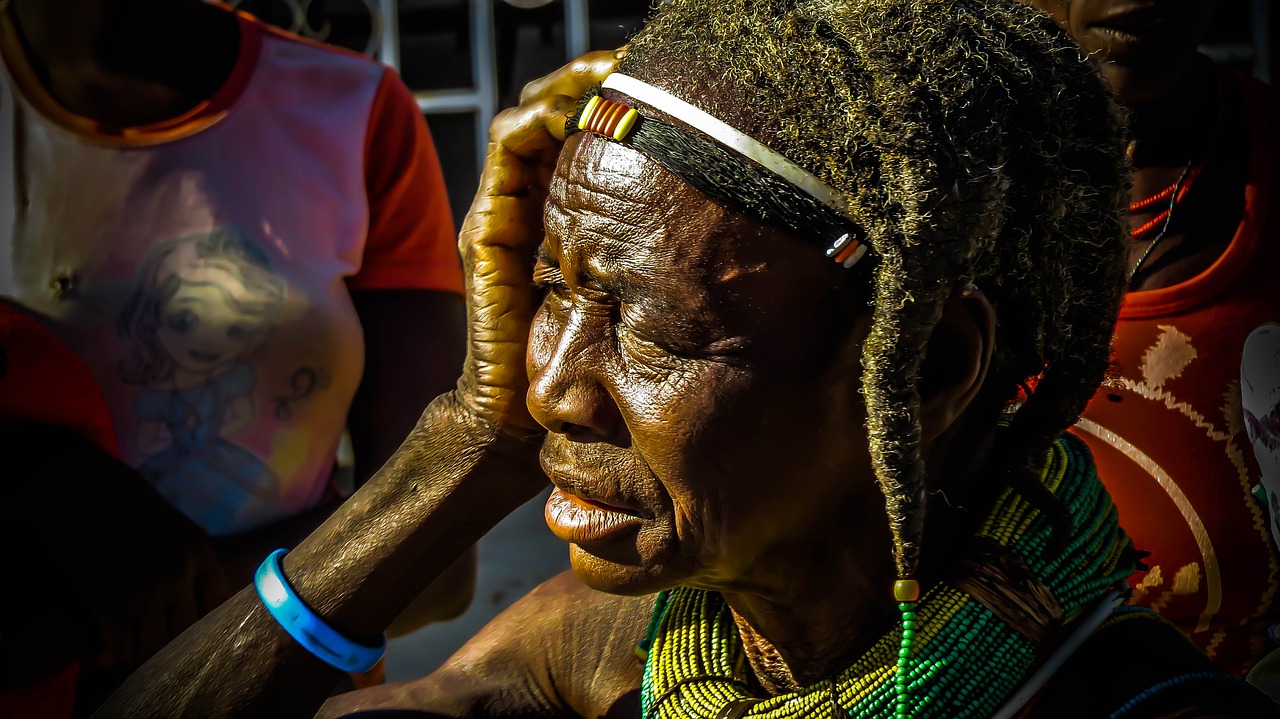
Millions of people in southern Angola are facing an existential threat as drought continues to ravage the region, Amnesty International said July 22. The organization highlighted how the creation of commercial cattle ranches on communal lands has driven pastoralist communities from their territories since the end of the civil war in 2002. This shift has left huge sections of the population food-insecure, and especially vulnerable as the acute drought persists for over three years. As food and water grow increasingly scarce, thousands have fled their homes and sought refuge in neighboring Namibia.
“Millions of people in southern Angola are on the brink of starvation, caught between the devastating effects of climate change and the land diversion to commercial cattle farming,” said Deprose Muchena, Amnesty’s director for East and Southern Africa. “This drought—the worst in 40 years—has torn through traditional communities who had been struggling to survive since they were dispossessed of vast swathes of grazing land. The Angolan government must take responsibility for its own role in this dire situation, and ensure reparations to affected communities, and take immediate steps to address food insecurity in the rural areas of Cunene and Huíla provinces.”
According to the Building Communities Association (Associação Construindo Comunidades, ACC), a local NGO, traditional pastoralist families in Gambos municipality of Huíla province are facing hunger. ACC reported that dozens of people have died of malnutrition since 2019, with children and elders particularly vulnerable. The ACC, which has been distributing food baskets in the area, reports that people have resorted to eating leaves to survive.
Hunger has driven thousands across the Namibian border since the start of March 2021, according to the International Federation of Red Cross & Red Crescent Societies (IFRC). The IFRC reported that Namibian local authorities had recorded a total of 894 Angolan nationals in the Omusati and Kunene regions by March 2021.
On March 14, the Namibian Broadcasting Corporation reported that large numbers of pastoralist families from Huíla and Cunene provinces had abandoned their homes to seek refuge in northern Namibia. In May, Angolan NGOs estimated that over 7,000 Angolans, mainly women with children, had fled to Namibia, with the number still rising. Angolan NGOs referr to those who are fleeing to Namibia as “climate refugees.”
The Intergovernmental Panel on Climate Change (IPCC) has observed that “frequency and intensity of droughts has increased in some regions,” including in southern Africa, due to global warming, and that “the frequency and intensity of droughts are projected to increase particularly in the Mediterranean region and southern Africa.”
The situation in Huíla and Cunene provinces was precarious even before the drought. Food insecurity has increased due to the diversion of communal grazing land to commercial farmers over the past two decades after the civil war. In 2019, Amnesty International exposed how the Angolan government had diverted communal grazing land in the Gambos to commercial cattle farmers without due process.
Photo of Mumuila woman: Pixabay




